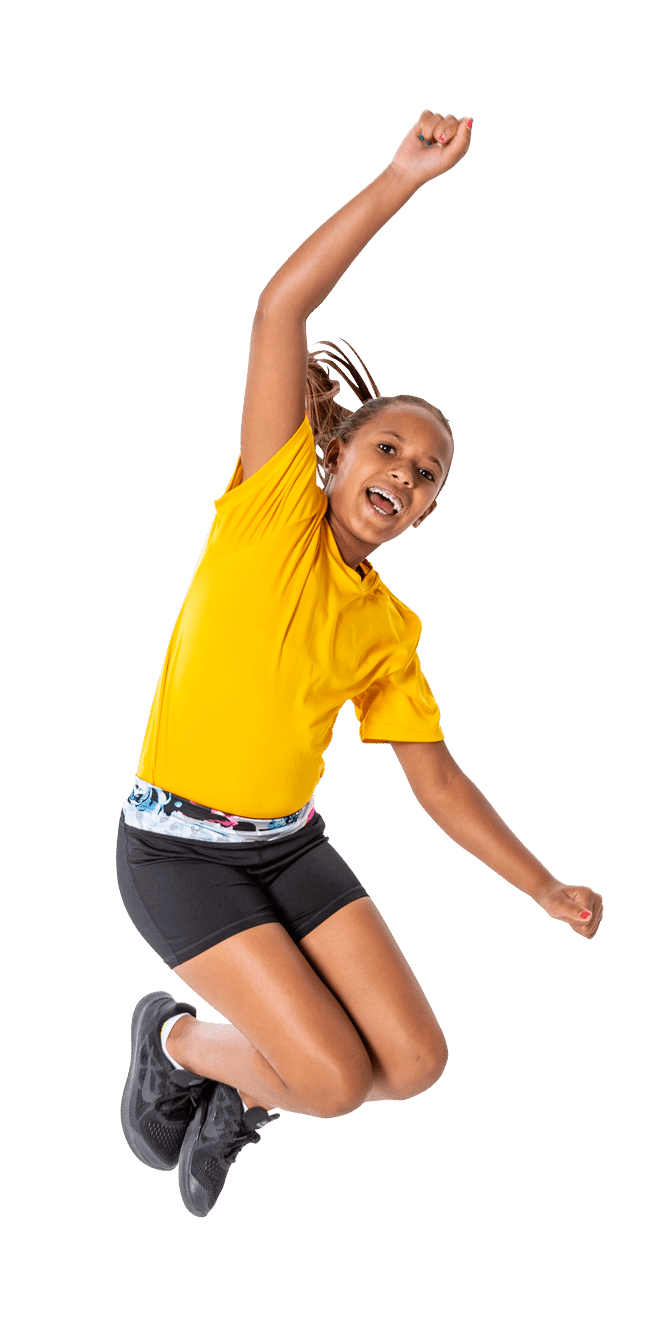Over the past 20 years of teaching high school weight training, I have discovered several philosophies that have helped guide me. Several years ago, I was introduced to the Triune Brain Theory, which has drastically helped me become a better teacher and coach of high school age students.
How does this relate to strength training for high school athletes? Let’s break it down. The triune brain consists of three components, or areas of the brain.
Reptilian Brain
This is the brain’s gatekeeper, responsible for the fight or flight mechanics that have allowed humans to survive for centuries. It functions as our autopilot system, signaling our central nervous system to react, subconsciously lifting our hand when we touch a hot stove for example. You don’t have to think, you just do. It is also the first obstacle to overcome for athletes and parents when new lifters enter a training program.
I am often asked by parents if our workouts are safe and supervised. I answer these by describing how our program is supervised by several coaches and progressively developed starting with body weight exercises and leading up to light dumbbell work and ultimately weight training when the athletes have the proper technique and strength. There are three specific needs the Reptilian Brain requires: routines, safety, and systems. Our entire program, whether it be a class or a summer session, follows a protocol that focuses on these principles. Student athletes need routines, and our program is system that begins and ends with athlete safety. There is a reason this works so well, and it is because it is biological in nature.
Mammalian Brain
This portion is the second gatekeeper of the brain. Care, respect, and trust are three major factors in this area that allow us to focus on our coaching/teaching philosophies. Many coaches believe that our athletes must understand that we as coaches care about them and their development before we can truly reach them. Again, biology shows us why this holds true.
The mammalian brain is home to emotions, values, and memories. It reads nonverbal cues and allows people to understand what they see by modeling it in their brain, or cueing. This is a major component of teaching. Imagine telling a group of students they need to squat down to parallel, or 90 degrees. Now imagine telling these same students to squat down until they can balance a glass of water on their thighs. Cueing allows them to see this image in their minds and achieve better results. The mammalian brain is where teens make decisions, making it a great tool to activate when working with high-school aged students.
Rational Brain
This portion of the brain is home to logic and thinking. Often referred to as the prefrontal cortex, we know this to be the center for logic and thinking. Among other things, it can determine if something is interesting, meaningful, or purposeful, and whether it affects the person’s future. Here is where planning and processing takes place. It allows for outside-of-the-box thinking and prepares for reasoning, rationalization, and life skills that will hopefully aid students down the road.
As teachers and coaches we hope that our work with students makes a difference in this long term planning and life choices. I often tell my students that by learning our strength training skills I hope they never have to pay for personal training down the road. I am thrilled to have seen several of my former students enter into the field of strength and conditioning and many have even come make to work with us in our program at Wayzata High School.
By utilizing the triune brain theory, I have come to understand the importance of how my progressions and workouts can benefit student athletes and allow me to meet them at any stages of development. As strength coaches, we often focus on the physical aspects of our athletes. It is easy to observe and assess their physical characteristics—it is the world we live in. However, by diving deeper into brain research we may better understand the mind-body connection and how it creates the art and science of coaching.





